Home Decorators Collection Ashby Park 52 in. White Color Changing Integrated LED Brushed Nickel Ceiling Fan with Light Kit and Remote Control
Select warm white, soft white or daylight color temperature. Reversible gray washed oak / blackened oak blades for versatility. Integrated LED module light kit, no bulbs to replace.
The 52 in. Ashby Park ceiling fan by Home Decorators Collection combines form and function to complement your indoor living spaces. The flush mount design is perfect for rooms with low ceilings and the integrated LED light kit offers versatile lighting options. Choose from 2,700K, 3,000K or 5,000K light output options all conveniently controlled with the included remote control. The fan’s beautiful brushed nickel finish is paired with five reversible blades in dark gray washed oak and blackened oak finishes to easily blend with today’s decor trends.
- Integrated dimmable 20-Watt LED module with color changing technology
- Choose from 2700K, 3,000K or 5,000K light output settings
- Brushed nickel finish
- Frosted white glass light shade
- 5-reversible blades in dark gray washed oak and blackened oak finishes
- Convenient remote control included
- Powerful 3-speed reversible motor
- Easy receiver plug wire harness quickly connects fan to remote receiver
- Flush mount installation is perfect for rooms with low ceilings
- Lifetime motor warranty
- Finishes shown are representative of the item. Actual finish may vary slightly.
Additional information
| Dimensions | H 11.67 in, W 52 in, D 52 in |
|---|---|
| Downrod Length (in.) | Not Included |
| Fan Blade Length (In.) | 23.1 |
| Fan Blade Span (in.) | 52 |
| Fan Blade Width (In.) | 6.1 |
| Certifications and Listings | EPA Approved, EPA Approved, EPA Approved, EPA Approved, EPA Approved |
| Manufacturer Warranty | Lifetime Motor Warranty |

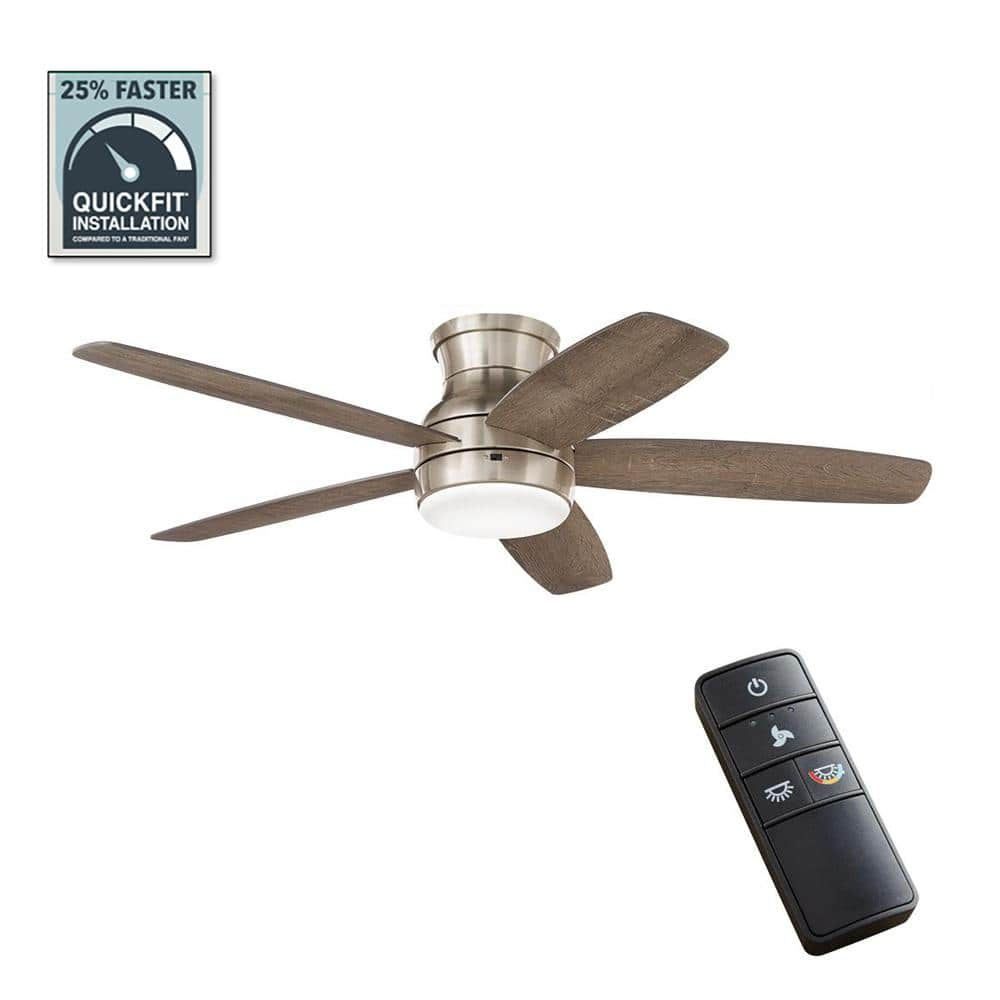
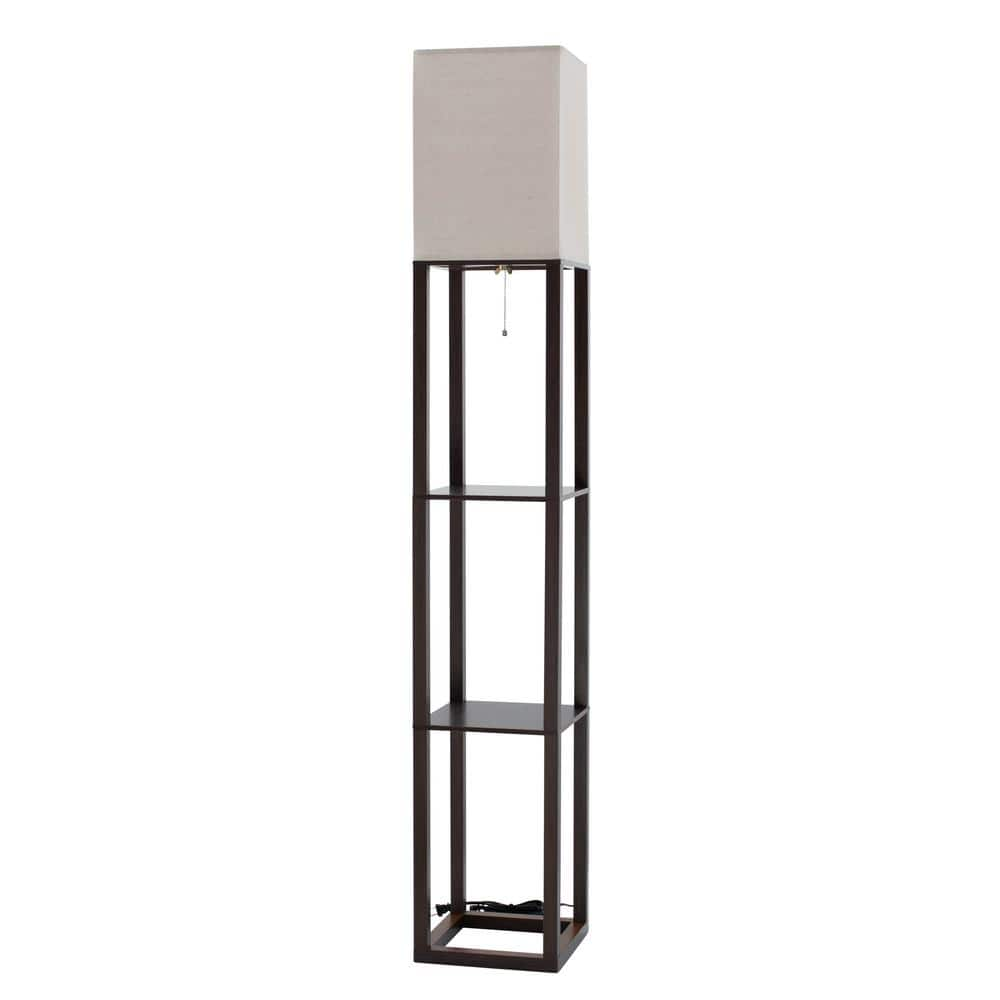
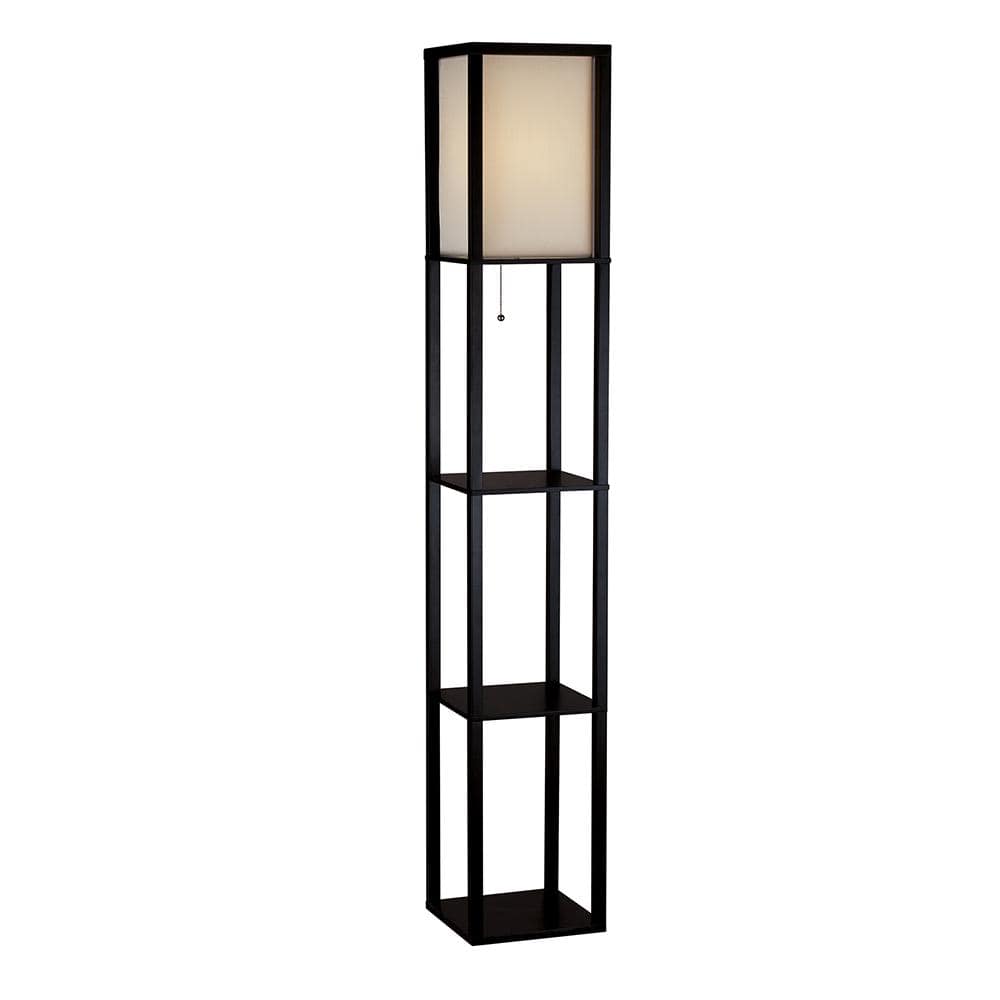
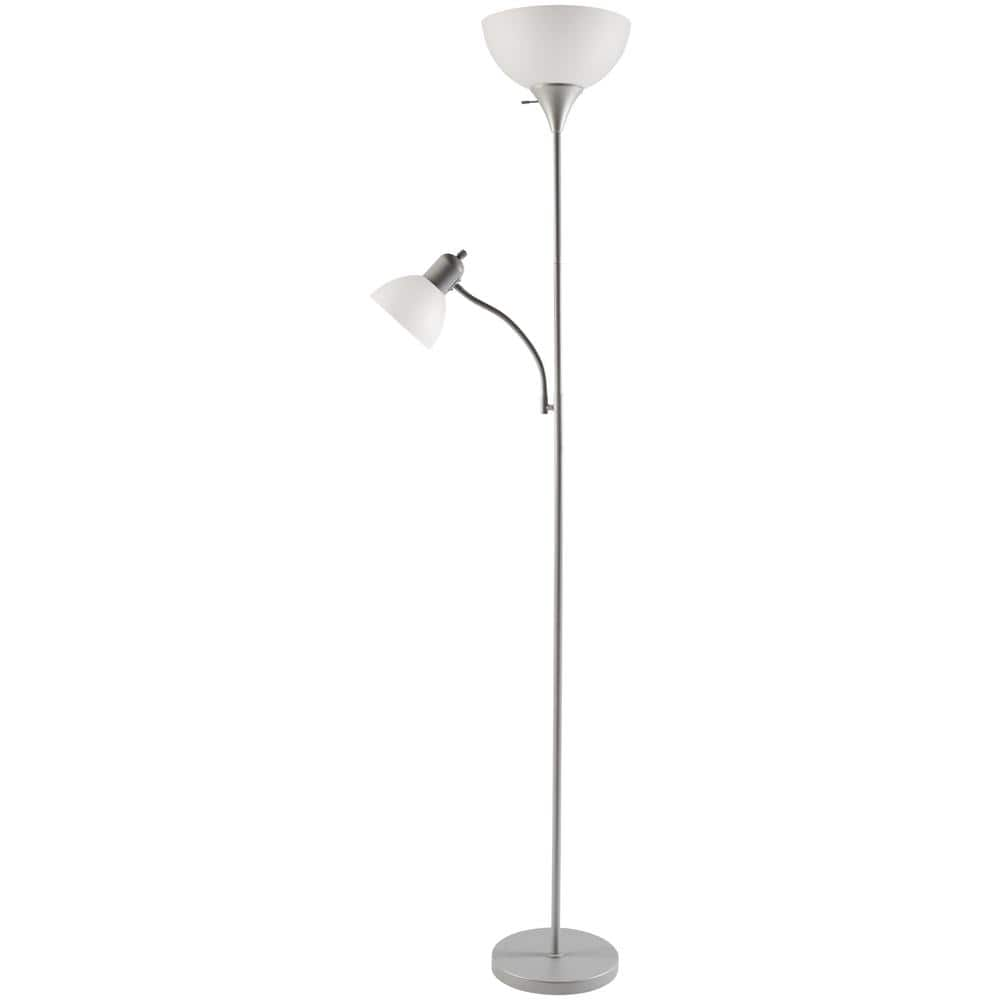
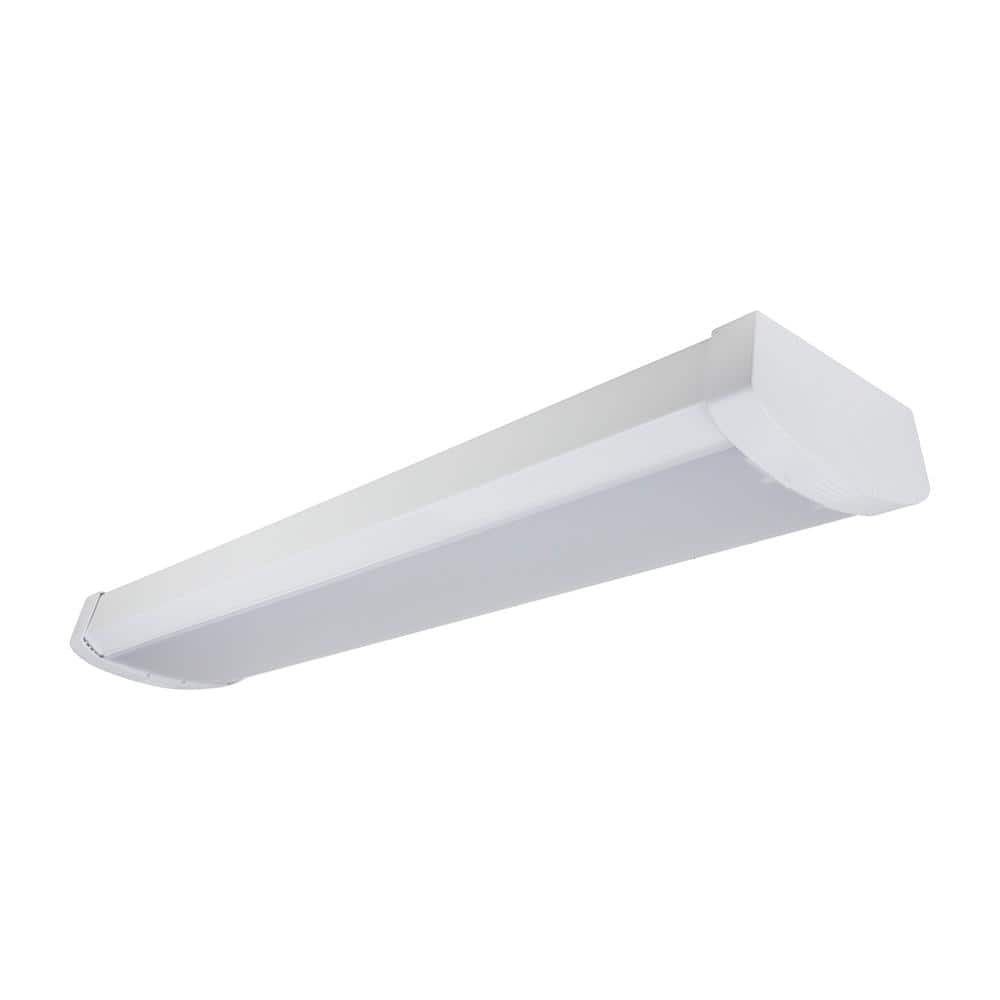
by Bob
Looks great and works well! Now I need to replace all the fans in the house.
by Willie
This fan is nice looking and works great.
by Sitaram
I bought three of these fans – for my living room, family room and the master bedroom. All the three fans respond to any of the three remotes I received in each of the three boxes! Very annoying (and wasteful) for two fans to be operational when I only need one of them to be! Have yet to figure out how to pair one remote only to one fan! (And impair everything else) Have had these only for two weeks now. So far so good!
by Smith
This product was easy to install and works wonders. I would highly recommend this fan to anyone.
by Tina
I’ve had this fan for over 1 1/2 years. I bought it to put in my work at home office/bedroom because of the lighting. I use the daylight while working and switched to the yellow after clocking out. I like that I can dim it also. It puts out great air and is low sound. It’s a fantastic fan. I highly recommend. The ones complaining about the light are probably not adjusting it correctly.